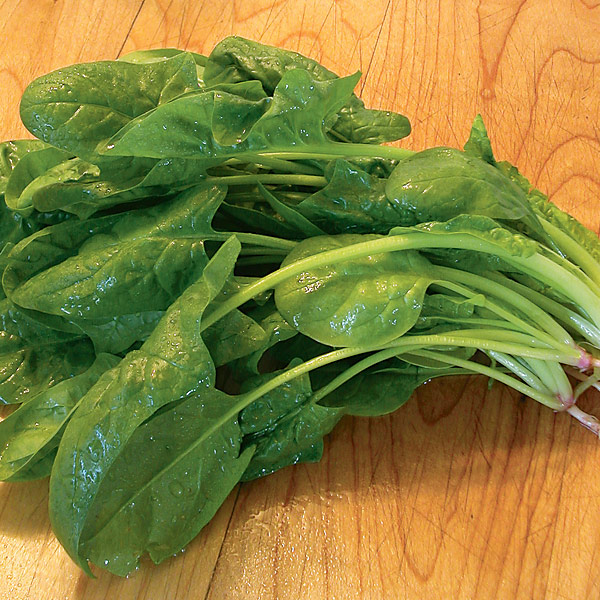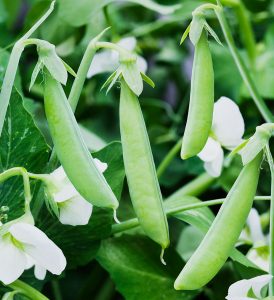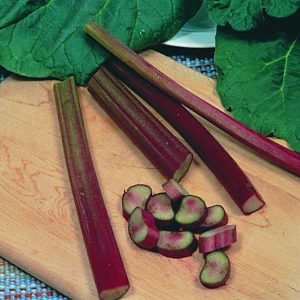

This variety of dark green spinach has been a standout in many regions, including the North. It is slow to bolt and suitable for spring, summer, and fall planting. The full, upright plants produce high yields of large, triangular leaves that are rich in the phytonutrient lutein. Both frost and heat tolerant.
- Light Full sun to part shade
- Matures 40 days
- Plant spacing 12 inches apart
- Plant size: 8 to 10 inches tall and wide
Light requirements Full sun is ideal, but plants yield in part shade. Protect plants from strong afternoon sun in warmest regions.
Planting Space 8 to 12 inches apart, depending on type. (Read the stick tag that comes with the plant for specific spacing recommendations.)
Soil requirements These greens need well-drained, nutrient-rich soil. Amend soil with compost, blood meal or other organic matter prior to planting. Fertile soil helps fuel fast, tender leaf development. Soil pH should be 6.5 to 7.
Water requirements Keep soil consistently moist throughout the growing season. Evenly moist soil is the key to tender flavor. Mulch soil to reduce water evaporation and keep leaves clean from splashing soil.
Frost-fighting plan While established plants tolerate temperatures as low as the teens to low 20s, it’s a good idea to protect newly planted seedlings from late spring or early fall frosts by covering plants with a frost blanket.
Common issues Flea beetles, spider mites, slugs, and aphids are all pests to watch out for. The two most common diseases are downy mildew (which may appear during cool, moist weather) and white rust (which causes white spots on leaves). Once flowers form, leaf flavor becomes bitter, so harvest immediately.
Harvesting Harvest leaves as soon as they’re large enough to eat. Pick outer leaves first and allow center leaves to enlarge to extend the harvest.
Storage Refrigerate unwashed leaves in a dry plastic bag in the crisper for up to 5 days.



